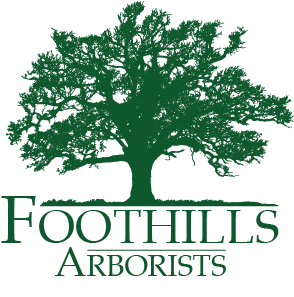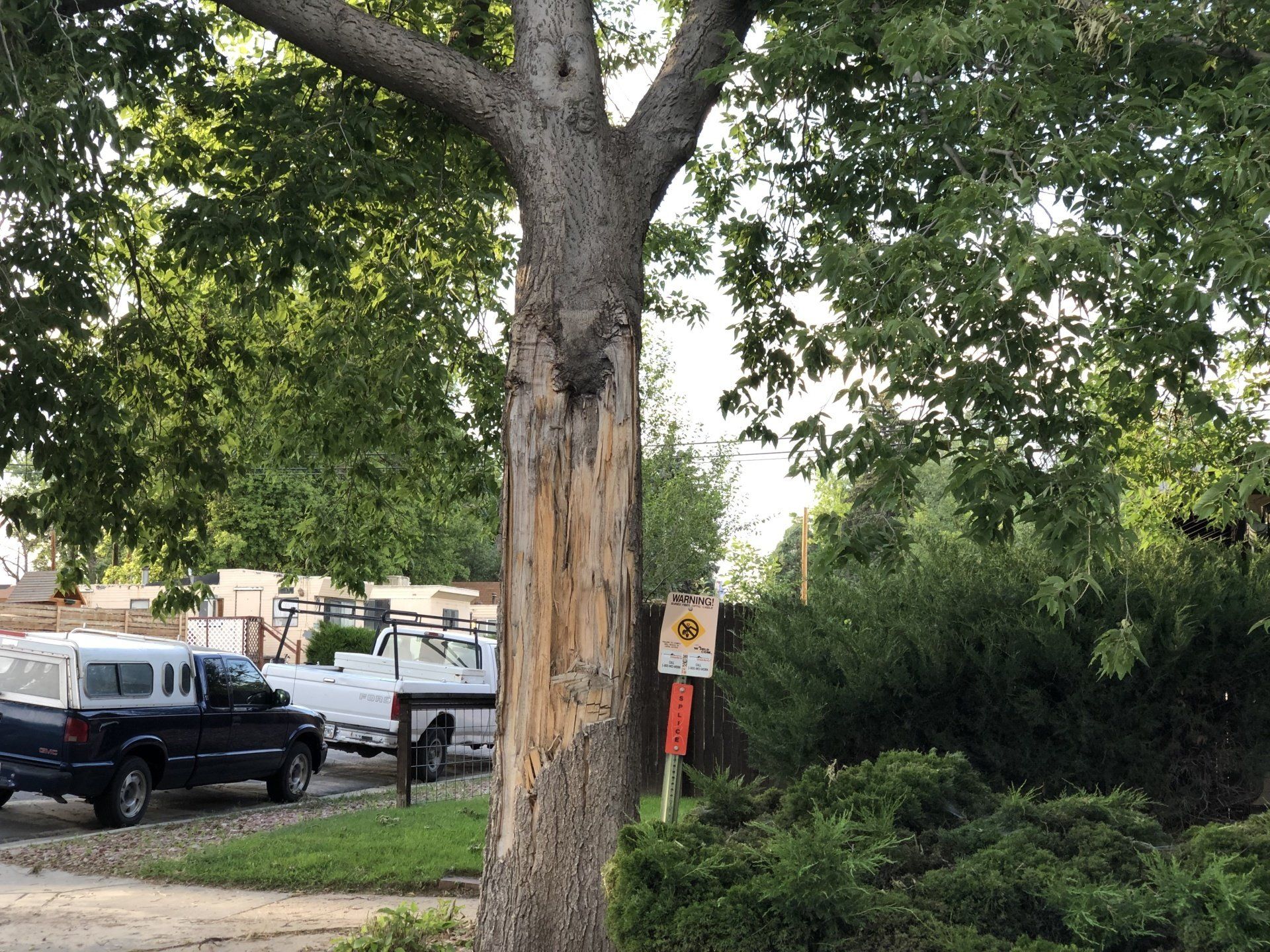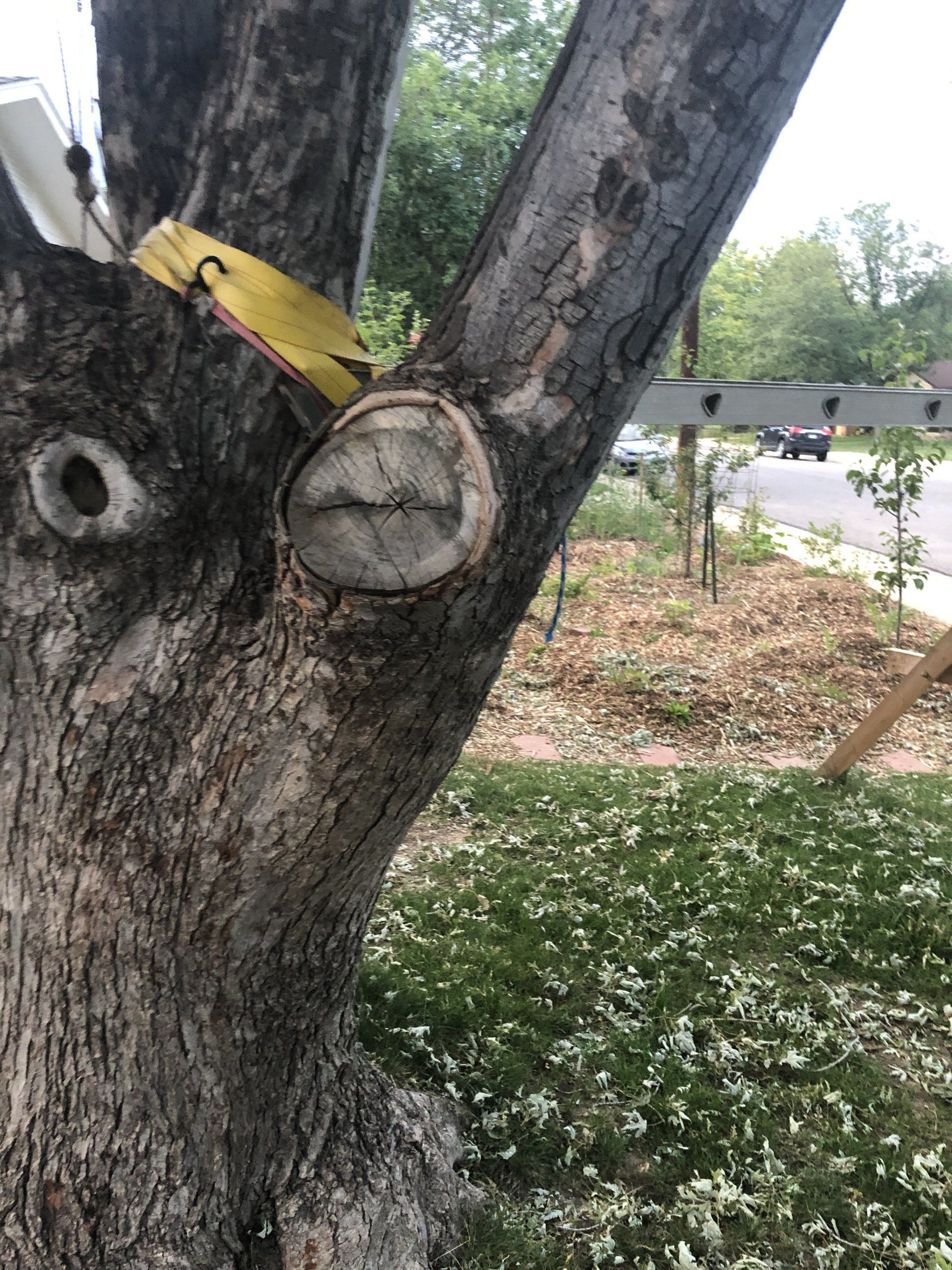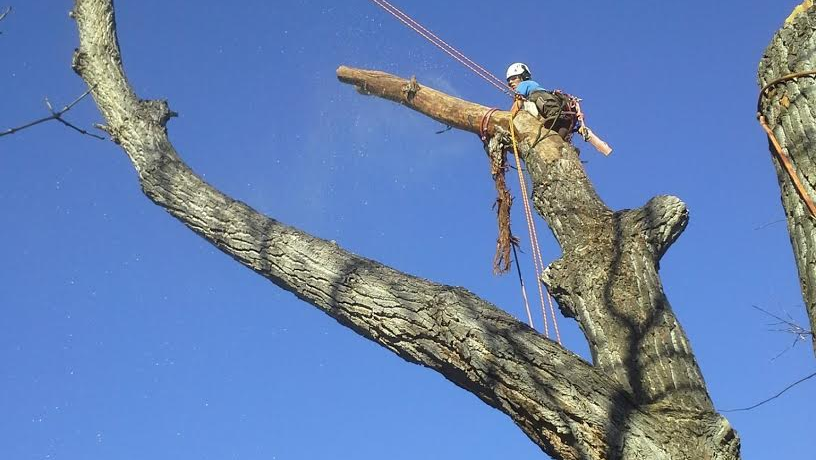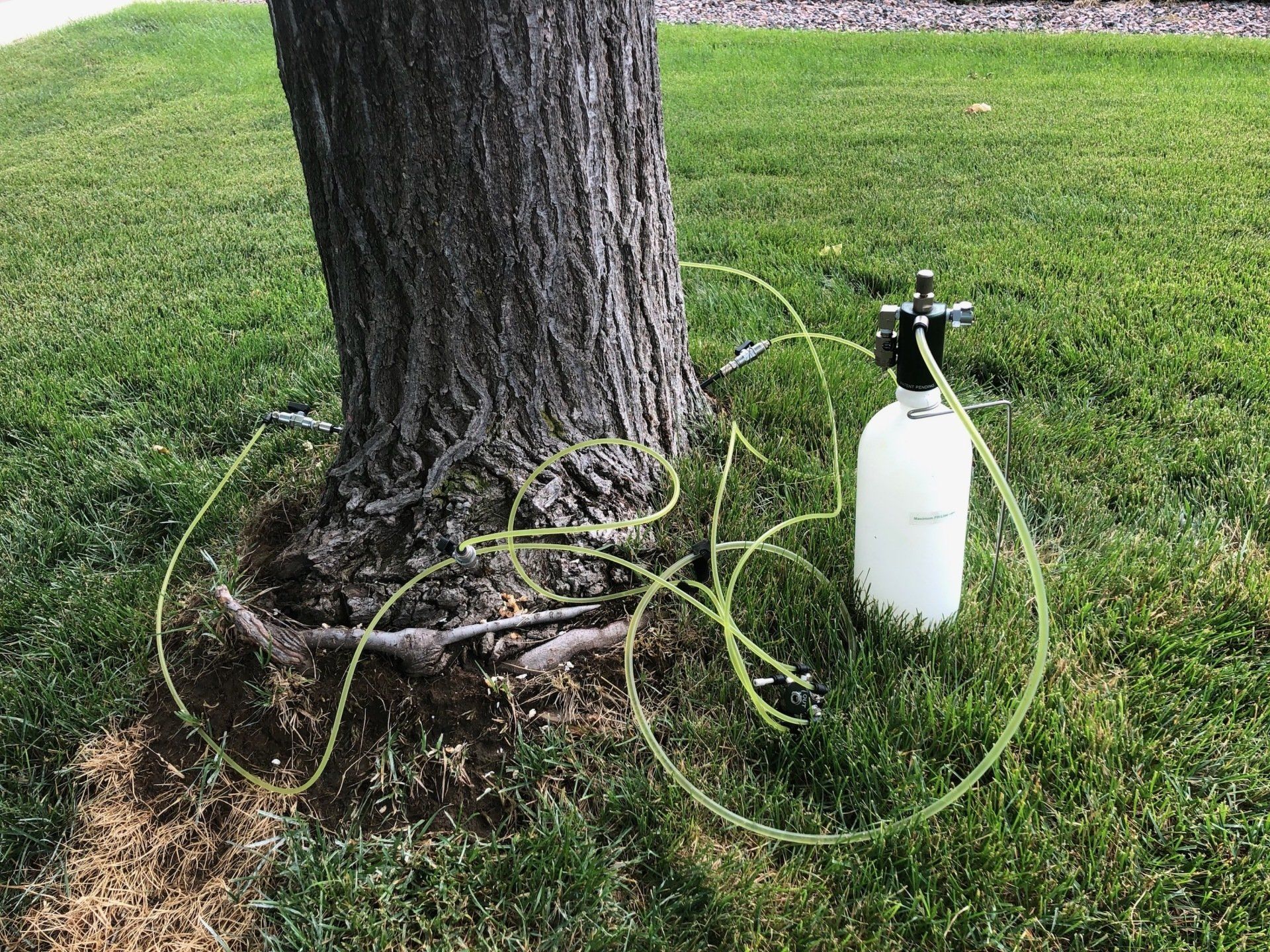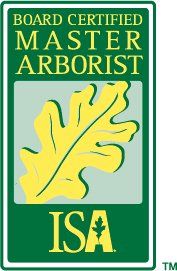"Pruning is one of the best things an arborist can do for a tree but one of the worst things we can do to a tree.” - Alex Shigo, the father of modern arboriculture
Pruning is essential to tree health and safety and can be incredibly beneficial to trees, but when done improperly can ruin a tree forever. Every cut will change the growth pattern of the tree - slowing growth in some parts and encouraging growth in others. It is essential that the arborist has an understanding of tree biology to ensure proper decisions are made on where, when, and how to prune a tree. Pruning is a delicate balance of art and science and we can assure you that your trees will receive the best care possible. Proper pruning is hard work, requires a well trained eye, and a commitment to tree health. While some arborists may cut corners to save time and money, our staff will never provide anything but the highest quality work. In addition we always adhere to ANSI A300 pruning standard and the ANSI Zl33.1 safety standard. Our goal is to ensure your trees retain their natural beauty and are capable of withstanding the next heavy spring snowstorm or intense winds which we on the front range know all too well.
Pruning is essential to tree health and safety and can be incredibly beneficial to trees, but when done improperly can ruin a tree forever. Every cut will change the growth pattern of the tree - slowing growth in some parts and encouraging growth in others. It is essential that the arborist has an understanding of tree biology to ensure proper decisions are made on where, when, and how to prune a tree. Pruning is a delicate balance of art and science and we can assure you that your trees will receive the best care possible. Proper pruning is hard work, requires a well trained eye, and a commitment to tree health. While some arborists may cut corners to save time and money, our staff will never provide anything but the highest quality work. In addition we always adhere to ANSI A300 pruning standard and the ANSI Zl33.1 safety standard. Our goal is to ensure your trees retain their natural beauty and are capable of withstanding the next heavy spring snowstorm or intense winds which we on the front range know all too well.
The benefits of proper pruning include:
- Promoting good health through removal of broken, diseased and damaged branches.
- Improved structure and safety of the tree - reducing likelihood of branch failure and associated damage. Every time a cut is made it slows growth on the pruned branches and allows unpruned branches to grow faster due to greater availability of resources. We carefully select branches that we find desirable and allow them to grow while trying to control growth of undesirable or compromised branches.
- The most common pruning we do is tip thinning and weight reduction cuts. These cuts are focused toward the outer edges of the canopy and the main goals are to allow wind and snow to pass through the tree more easily (without causing damage) and to reduce the forces on the branches decreasing their likelihood of failure.
- More aesthetically pleasing trees. Through our selective thinning and deadwood removal you are left with beautiful trees.
- Smaller cuts are important as they allow a tree to properly seal up wounds and also retain as much foliage as possible leaving trees happy and healthy.
The costs of improper pruning:
The costs of improper pruning:
- Pruning improperly can slow down the healing process of the tree and can even allow entry of wood decay fungus into the tree.
- Proper collar cuts are made to allow the branch to heal properly and do not provide a breeding ground for fungi
- Decreased structural integrity caused by improper cuts
- Lions tailing is a practice where no cuts are made at the tips of the branches (where they are needed most) and the arborist only takes lower and interior branches off. Pruning the interior promotes growth at the tips which increases weight and leverage on limb unions; increasing their likelihood of failure.
- Lions tailing is something often done by lazy or uneducated climbers because it is significantly less work than going through and properly pruning the tips of the branches.
- Over thinned trees grow bushy with epicormic sprouts which not only look bad, but are more likely to tear off later due to poor branch attachment on the fast growing branches.
- Under-thinned trees will not allow wind and snow to pass through without causing damage. This will result in large gaps in the canopy and unsightly torn bark when storms rip off branches.
The costs of not pruning:
- Large branches will become overextended and break
- Trees, especially when grown as specimen trees, will continue to grow in all directions and take advantage of all of the sunlight they can. This is good but as a tree grows outward chasing sunlight it can also become too long and heavy causing structural instability.
- Weak co-dominant unions that are more likely to have included bark and break
- Proper ratios of branches are key to good unions. As a subordinate branch, one that is half of the diameter or less of the parent stem, grown there are overlapping layers of wood created which will form very sturdy attachment point which are much less likely to tear off in a storm
- Below is a photo of a tree in a park in Louisville with an included bark union. These two branches compete with each other for and do not form proper wood in between the two stems. This forms a weak spot that is more prone to breakage in storms. (photo 4)
- Ugly trees with large broken branches and/or wounds on the trunk
- Unpruned trees will often have large wounds caused by tearing off of large branches. These unsightly wounds often lead to a tree owner wanting to completely remove their tree.
- When problem branches must eventually be removed, large wounds are left on the trunk that may not be able to compartmentalize decay
- Small wounds seal up much quicker than large ones and don’t allow wood decaying fungus into the tree. Large wounds will never seal up and almost always are a point of entry for wood decay to compromise the structural stability of the tree.
Other Pages
Other Pages
